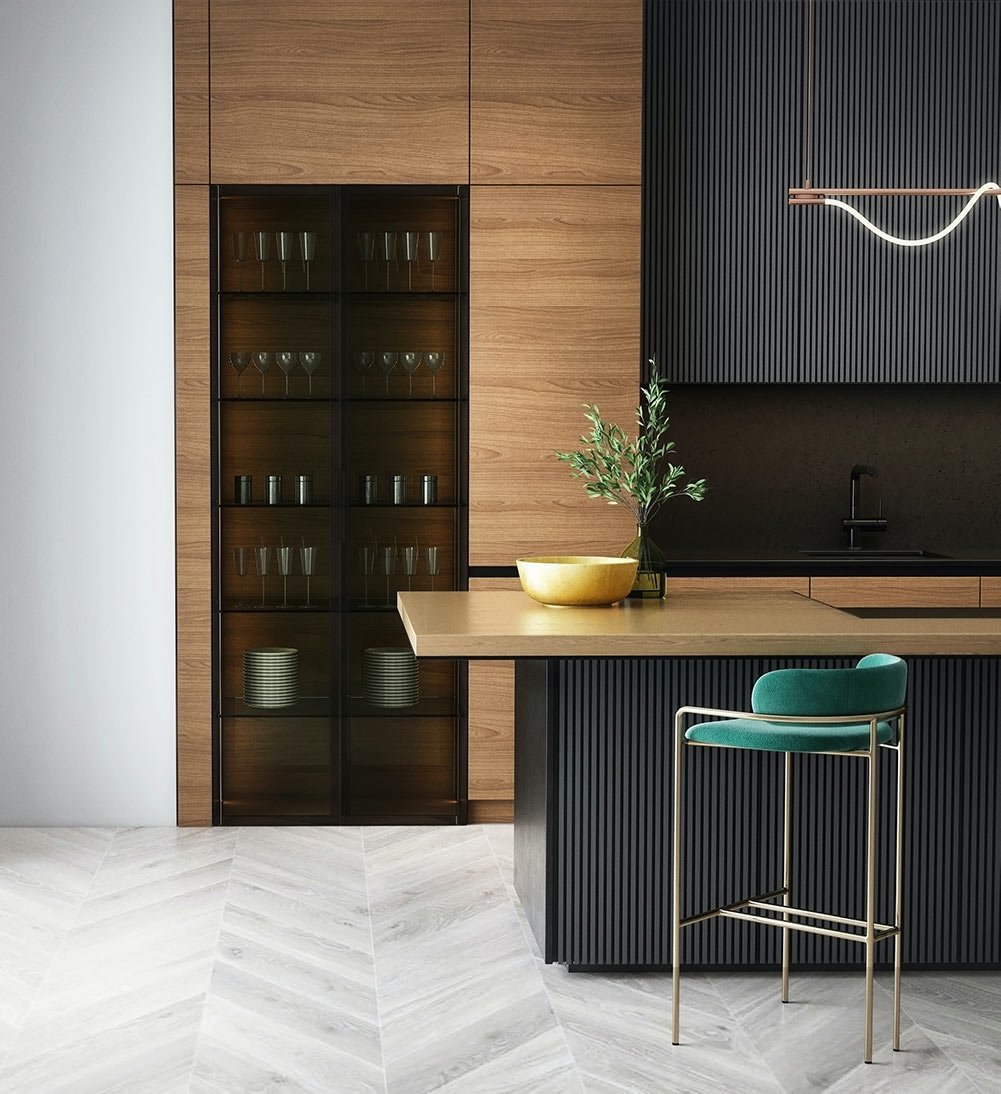Introduction
When it comes to conducting house defects inspections in HDB flats and condominiums in Singapore, there are several tools that professionals use to ensure a thorough and accurate assessment. These tools help to identify and document any issues or defects that may be present in the property, providing valuable information for homeowners, buyers, and sellers alike. In this article, we will explore some of the essential tools used in conducting house defects inspections in Singapore.
1. Digital Cameras
Digital cameras are an indispensable tool for house defects inspections. They allow inspectors to capture high-quality images of any defects or issues they come across during their inspection. These images serve as visual evidence and can be included in the inspection report for reference. Digital cameras also enable inspectors to zoom in on specific areas, ensuring that no detail goes unnoticed. In addition, photographs can be easily shared with clients and other relevant parties, facilitating better communication and understanding of the identified defects.
2. Moisture Meters
Moisture meters are crucial for detecting hidden moisture or water damage in a property. These handheld devices measure the moisture content in various materials such as walls, floors, and ceilings. Excessive moisture can lead to mold growth, rot, and other structural issues. By using a moisture meter, inspectors can identify areas with high moisture levels, even if they are not visible to the naked eye. This helps to prevent potential problems and allows for timely repairs or remediation.
3. Thermal Imaging Cameras
Thermal imaging cameras, also known as infrared cameras, are invaluable tools for detecting hidden defects or issues in a property. These cameras detect and visualize temperature differences, allowing inspectors to identify areas of heat loss, water leaks, electrical hotspots, and other anomalies. Thermal imaging cameras can help uncover hidden defects that may not be visible during a visual inspection. By identifying these issues early on, homeowners can take necessary actions to rectify them, saving time and money in the long run.
4. Electrical Testers
Electrical testers are used to assess the safety and functionality of electrical systems in a property. These testers can detect faulty wiring, improper grounding, and other electrical issues that may pose a risk to occupants. Inspectors use voltage testers, circuit analyzers, and other specialized tools to check outlets, switches, and electrical panels for any abnormalities. Ensuring the electrical system is in good working condition is crucial for the safety and well-being of the residents.
5. Ladders and Inspection Tools
In order to conduct a comprehensive inspection, inspectors need to access areas that are not easily reachable. This is where ladders and various inspection tools come into play. Inspectors use ladders of different heights to access ceilings, roofs, and other elevated areas. They also utilize inspection mirrors, telescoping poles, and other specialized tools to examine hard-to-reach spots, such as crawl spaces and attic areas. These tools enable inspectors to thoroughly inspect all areas of the property, ensuring that no defect goes unnoticed.
Conclusion
In conclusion, conducting house defects inspections in HDB flats and condominiums in Singapore requires the use of various tools to ensure a comprehensive assessment. Digital cameras, moisture meters, thermal imaging cameras, electrical testers, ladders, and inspection tools are just some of the essential tools that professionals rely on. These tools help to identify, document, and communicate any defects or issues found in the property, providing valuable information for homeowners, buyers, and sellers. By utilizing these tools, inspectors can ensure a thorough and accurate inspection, helping to maintain the safety, integrity, and value of the property.


